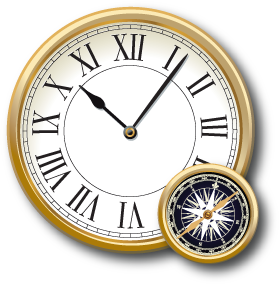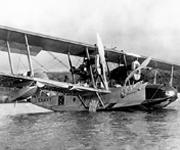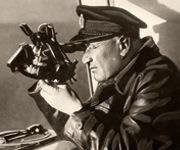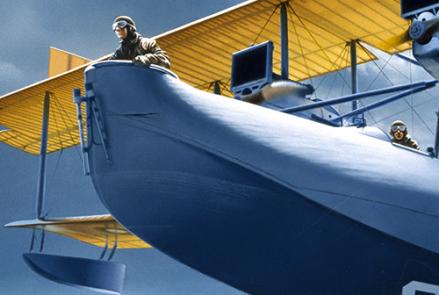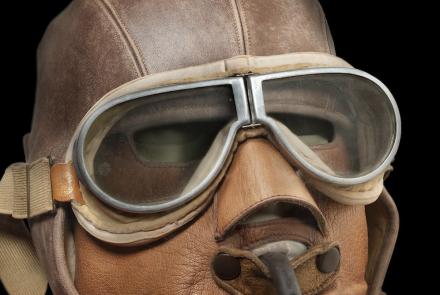The hazards of aviation created a demand for specialized navigation and timing technology.
Early aviators on long flights sometimes faced great danger because they could not figure out exactly where they were. “Fixing” position over water, in the dark, or in poor weather was difficult. The consequences of getting lost could be dire. The celestial navigation tools sailors used at sea didn’t work as well in the air. Aviators needed new equipment and techniques. Why was navigating in the air more difficult than navigating at sea?
Speed
Airplanes moved many times faster than ships, so air navigators had to work faster to fix their position. Even minor miscalculations could result in much greater errors.
Instability
The natural roll of the airplane and air turbulence made taking accurate sightings and readings challenging.
Weather
Haze obscured the horizon line needed for sextant sightings. Clouds could keep navigators from sighting the Sun and stars or determining wind drift.
Cockpit Environment
Cramped open cockpits, low temperatures, and wind speeds over 160 kilometers (100 miles) per hour made air navigation unpleasant. Heavy gloves (or frozen fingers) made sighting with a sextant, determining drift, and making calculations nearly impossible.


